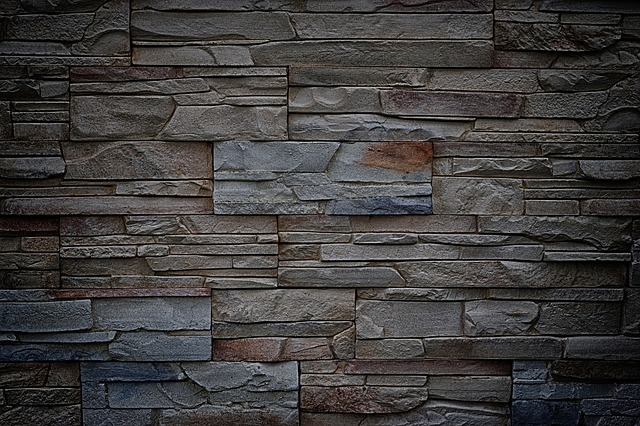Retaining walls are usually regarded as any solid wall made to retain a level surface. Retaining walls, even in architectural parlance, are non-toxic surfaces that maintain their shape after long usage. Retaining walls, which are normally constructed of concrete or stone, may be used to encourage foundations, driveways, garages, parking lots, and also to decorate properties. Retaining walls have a range of key uses and are essential for almost any well-built home. A few of the common uses of retaining walls include:
As mentioned previously, concrete and stone are heavy enough to resist natural forces but soft enough to allow the liquid to permeate and settle out. This property of gravity retaining walls is exactly what makes them ideal for containing soil. Concrete and stone retain their shape because they’re primarily composed of aggregate, a nice aggregate composed of a number of different materials. These substances keep the aggregates from changing shape because of fat or weathering.
Retaining Walls
- Fantastic drainage is a vital factor in keeping flat surfaces on which structures can be placed. This is the reason why good drainage must be included as part of the construction plans of any building project. If good drainage isn’t employed, retaining walls will eventually fail. The lack of adequate drainage patterns can cause surfaces to freeze and fall. In addition, standing water in and around a structure may lead to structural damage to the base of a building.
Retaining Walls
One of the most important roles that keeping walls play would be to act as a technique of water control. Water management is necessary to decrease the vulnerability of walls and other structures to hydrostatic pressure. This is particularly true for retaining walls that are located in areas with a history of heavy rain. For example, a retaining wall built to retain extra groundwater from the roof of a home wouldn’t be as vulnerable to hydrostatic stress if it had been situated below the house in a sheltered area.
Retaining Walls
Cracking is a common issue with old Castle Hills (CT) block buildings. It happens because CT blocks are built from concrete and since concrete readily cracks under pressure. Therefore, cracks often occur in the joints between blocks. Cracks in retaining walls might also be due to earth movement (because of soil shifting and settling) or differential pressure between the retaining walls and the ground.
There are quite a few different substances that may be used to build retaining walls. The most common material is rock, as it provides a powerful and durable barrier against soil erosion. A number of styles of stone walls may be constructed based on the requirements of the client and the desired appearance of the finished product. For instance, rock walls created to coincide with the existing external colour of the retaining wall are popular. Additionally, rock walls might also be designed as an integrated unit using precast concrete types (also referred to as corbels).
As there are many kinds of stone available, many contractors incorporate stonework in their plans. Stonework includes units that are installed on either the top of the retaining wall or within the unit. A few stonework units extend over the wall and break directly on the ground behind it. In some cases, these units may even fully obscure the view at the base of the wall. Stonework can be reached from a wide range of materials, such as slate, brick, limestone, and concrete blocks.
When preparing your soil for a retaining wall for your job, you must take care to pick the best item. Particular materials will bond with certain lands, and it is important to select a product that won’t weaken the bond between the wall and the soil. Prior to making any changes to the region, test the chosen product to ascertain if it is going to perform as well as expected. If you discover problems, make adjustments until you attain the best results. If you do plan to add stonework in your endeavor, be sure to select some time to check the product to make sure it will work as well as designed.
